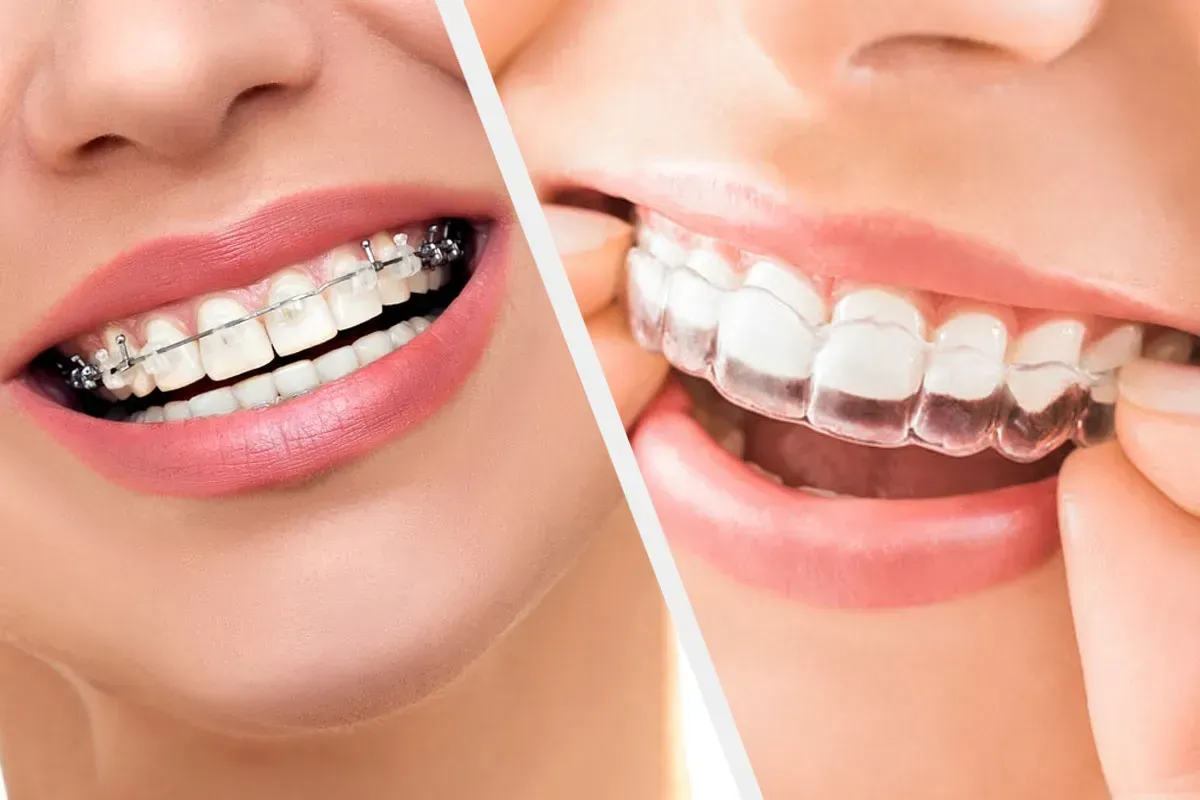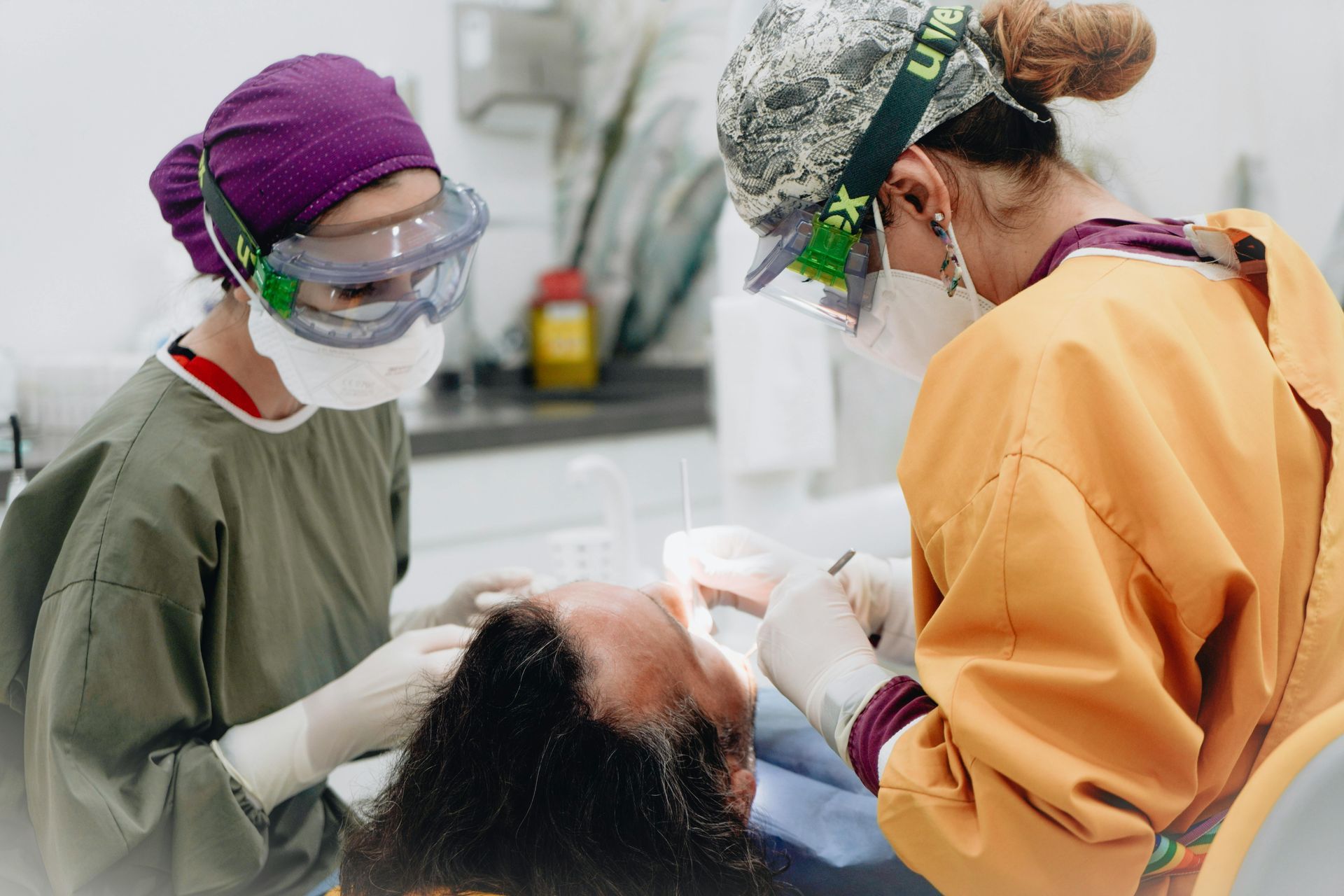Discover 5 Ways Clear Aligners Can Revolutionize Your Smile and Oral Health
Benefits of Clear Aligners
Clear aligners have revolutionized the field of orthodontic treatment by offering a modern, effective, and aesthetically pleasing alternative to traditional metal braces. These custom aligners, crafted from smooth, transparent plastic, are designed to straighten teeth discreetly and comfortably. Here are five compelling ways clear aligners can improve your smile and your health.
Nearly Invisible Appearance
One of the most appealing features of clear aligners is their nearly invisible appearance. Unlike traditional braces, which use metal brackets and wires, clear aligners are made from transparent plastic, making them an ideal choice for those seeking a discreet orthodontic solution. This transparency ensures that a casual observer is unlikely to notice them, allowing you to smile confidently throughout your treatment journey.
Enhanced Comfort and Removability
Clear aligners are designed with enhanced comfort in mind. Unlike traditional wire braces, they have no sharp edges or protruding metal, which minimizes irritation to your cheeks and gums. Moreover, these aligners are removable, offering significant convenience. You can easily take them out during meals, special occasions, or when brushing your teeth, enhancing oral hygiene and maintaining healthier teeth and gums.
Faster Results Compared to Traditional Braces
For many, the duration of orthodontic treatment is a key consideration. Clear aligners often deliver faster results compared to traditional braces, depending on the complexity of the misalignment. Typically, a prescribed treatment plan with clear aligners lasts about 12 to 18 months, while traditional braces can require two to three years for comparable results. This shorter timeline allows for quicker achievement of a straighter smile.
Improved Dental Health
Aligning your teeth is not just about aesthetics; it significantly impacts your dental health. Clear aligners effectively straighten teeth, reducing common issues associated with misaligned teeth, such as crowded teeth and spaces that can harbor bacteria. This decreases the risk of developing tooth decay and gum disease. Moreover, the ability to remove aligners facilitates better oral hygiene practices, such as thorough brushing and flossing, thereby promoting overall oral health.
Boosted Confidence and Aesthetics
A straight smile is often a key to success in both personal and professional spheres. By improving the alignment of your teeth, clear aligners enhance your physical appearance, thus boosting your confidence. As your treatment progresses and you begin to see results, this newfound confidence often translates into a more beautiful smile and improved self-esteem.
In conclusion, clear aligners provide a modern approach to achieving straight teeth, offering a blend of aesthetic appeal, comfort, and health benefits. With an individual treatment plan tailored to your needs, achieving a straighter smile is more convenient and effective than ever.
How Clear Aligners Work
Clear aligners are a modern solution for tackling a range of orthodontic issues such as misaligned teeth, crowded teeth, and achieving a straighter smile. Made from smooth, transparent plastic, these aligners are designed to gently and gradually shift your teeth into the desired position, offering an effective alternative to traditional metal braces. Each set of aligners is custom-made to fit snugly over your teeth, applying pressure to specific areas of your dental structure based on your individual needs.
Customized Treatment Plans
One of the most significant advantages of using clear aligners is the highly customized treatment plan they provide. Unlike traditional metal braces, which use fixed brackets and wires that are adjusted periodically, clear aligners are tailored to each patient's unique dental structure. Through a prescribed treatment plan that includes digital scans and impressions, aligners are custom-molded to ensure the most effective and comfortable fit. These custom treatment plans are mapped out to address specific orthodontic issues, supporting both aesthetic and dental health objectives.
Use of Advanced Technology
Clear aligners leverage advanced technology to create a precise and effective approach to orthodontic treatment. Digital imaging and 3D modeling allow orthodontists and dentists to plan each movement of your teeth with great accuracy. This technology not only helps in designing an individual treatment plan but also provides a virtual preview of the expected outcomes, giving patients a glimpse of their future straight smile. These technological advancements ensure that each stage of the alignment process is monitored and adjusted as needed to achieve the best results.
Professional Dental Support
Throughout the duration of your treatment with clear aligners, professional dental support is a key to success. Regular check-ins with your dental provider ensure that your teeth are progressing as expected and that any necessary adjustments to the treatment plan are made. Professional guidance also plays a crucial role in maintaining oral health and hygiene during the treatment process. Dental practitioners often give tips on how to best care for your aligners, using cleaning crystals and other recommended practices, to prevent tooth decay and gum disease.
In conclusion, clear aligners not only improve the physical appearance of your smile but also have significant benefits for your overall oral health. Their capacity to provide a customized, technologically-driven approach backed by professional support makes them an effective option for those looking to achieve a healthy, beautiful smile without the drawbacks of traditional braces.
Clear Aligners vs. Traditional Braces
When considering orthodontic treatments for correcting misaligned teeth, both clear aligners and traditional braces offer unique benefits. Understanding the differences can help individuals make informed choices about achieving a straighter smile and improving oral health.
Discreet Treatment Options
Clear aligners are designed with transparency in mind, made from smooth, transparent plastic that fits comfortably over your teeth. This allows you to correct crowded teeth and achieve straighter teeth without drawing attention to the treatment process. Unlike traditional metal braces, which use noticeable brackets and wires, clear aligners offer a more subtle solution that is often unnoticeable to the casual observer. They provide a discreet way to enhance your physical appearance while working towards a healthy, beautiful smile.
Maintenance and Hygiene Considerations
One of the significant advantages of clear aligners over traditional wire braces is the ease of maintaining oral hygiene. Clear aligners are removable, allowing you to effectively clean your teeth, floss, and use cleaning crystals if needed, maintaining better oral hygiene throughout your orthodontic treatment. With traditional braces, food particles can get stuck between the wires and brackets, increasing the risk of tooth decay and gum disease. Therefore, for those concerned about dental health, clear aligners offer a more hygienic option for achieving straight teeth.
Treatment Duration Comparison
The duration of orthodontic treatment can vary based on individual treatment plans and the complexity of orthodontic issues. Generally, clear aligners can effectively straighten teeth in as little as six months to two years, depending on the case. In contrast, traditional metal braces typically require a longer treatment period, often ranging from 18 months to three years. Clear aligners may offer a quicker path to a straighter smile, aligning with the key to success in achieving healthy teeth efficiently. However, it's essential to follow the prescribed treatment plan precisely, as the effectiveness depends on wearing custom aligners as directed by your orthodontist.
In summary, both treatments have their merits, but clear aligners offer distinct advantages in terms of discretion, hygiene, and potentially shorter treatment duration, making them a popular choice for many seeking to improve their dental health and physical appearance.
Lifestyle with Clear Aligners
Clear aligners offer a modern solution for achieving straighter teeth without the inconvenience often associated with traditional metal braces. These custom aligners are designed to gently and gradually shift teeth into their desired positions, improving both the aesthetic and functional aspects of your smile.
Minimal Disruption to Daily Activities
One of the standout benefits of clear aligners is their minimal interference with day-to-day life. Unlike traditional wire braces, clear aligners are crafted from smooth plastic, which makes them comfortable to wear. Most casual observers won’t even notice you’re wearing them due to their transparent plastic design. You can also remove them conveniently at meal times, meaning you can enjoy your favorite foods without worry. This removable feature also makes it easier to maintain good oral hygiene, as flossing and brushing are as simple as they’ve always been.
Impact on Oral Hygiene Routines
Clear aligners positively influence oral hygiene habits, as they can be taken off during oral care routines. This allows for thorough brushing and flossing, contributing to healthier teeth and gums during the orthodontic treatment. Maintaining proper oral hygiene is key to preventing tooth decay and gum disease, issues often linked with crowded teeth or improperly cleaned traditional metal braces. Additionally, specific cleaning crystals are available to keep your aligners pristine, ensuring your path to a straighter smile is free from bacteria build-up.
Suitable for All Age Groups
Clear aligners represent a versatile orthodontic solution suitable for a wide range of age groups. This includes teenagers looking for an alternative to traditional braces, adults who prefer a discreet option for addressing misaligned teeth, and even older adults seeking to improve dental health for a more beautiful smile. The individual treatment plans prescribed for each user ensure that everyone, regardless of age, receives a custom treatment tailored to their specific orthodontic issues.
In summary, clear aligners not only enhance physical appearance and dental health but also offer a seamless integration into any lifestyle, making them a desirable choice in the pursuit of a healthy and straight smile.
At Wexford Dental we offer only what you need dentistry in Scarborough. Call us today at 416-222-82-96 for a general review to discuss the best procedure for you.












